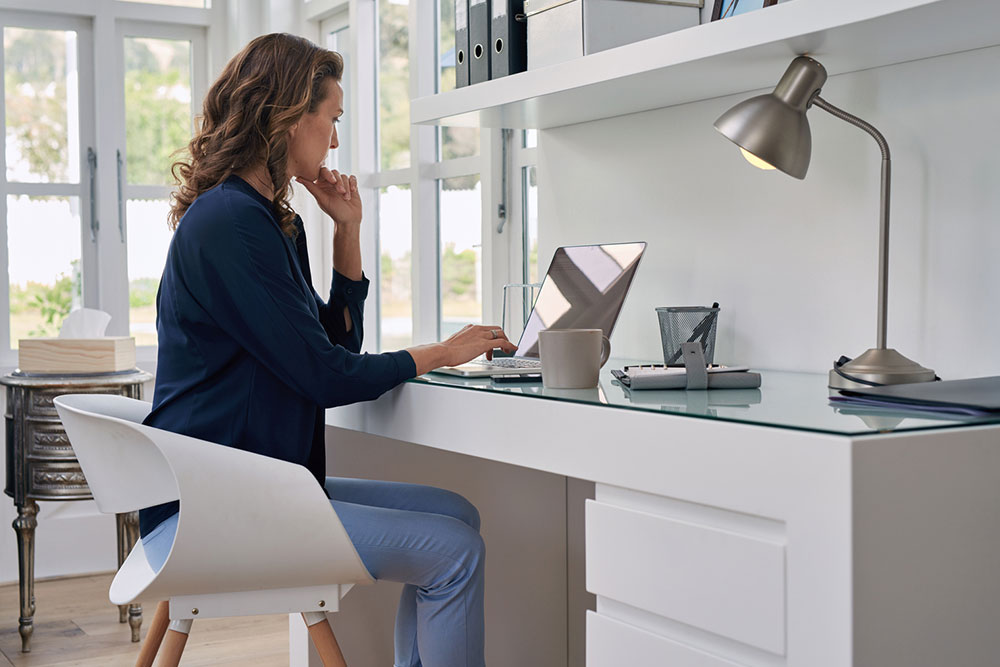9 mistakes to avoid when buying furniture for the home

Decorating one’s home is an exciting yet time-consuming and expensive process. To create a room one truly enjoys, it is important to make smart decisions about the size, scale, color, and texture of the pieces one purchases. With so many things to keep in mind and tons of choices to make, buying furniture may feel confusing at times. To guide customers through this process, this article enlists nine home furniture mistakes to avoid.
1. Buying cheap furniture
Furniture can be expensive. As a result, many people often opt for cheaper pieces. While this may help save a few dollars at the moment, it may prove to be costlier in the long run. Cheaper furniture is likely to fall apart within a year or two, prompting frequent purchases and racking up the bills. Instead of buying based on the price, one must invest in good-quality furniture that can serve its purpose for years to come.
2. Eyeballing measurements
One of the most common mistakes people make when buying furniture is forgetting to measure or eyeballing measurements. This can lead to a lot of expensive furniture being returned to outlet stores, as it may not fit into the room, staircase, or doorway spaces. To avoid this pitfall, follow these simple steps:
- Measure the height, width, and depth of the furniture one intends to buy.
- Measure the dimensions of the room. This can help simplify layout planning. To help visualize better, use masking tape to mark where the new furniture will go.
- Next, one needs to measure the doorways and door frames of the room. Along with this, one must also measure the narrow parts of the hallways, staircases, and elevators. This will help ensure the furniture fits through these areas to reach one’s home.
- Add a little margin when measuring to consider for people who will be carrying the furniture.
- Note all the measurements carefully.
3. Only considering aesthetics
While home decor magazines showcase beautiful pieces, it is important to also prioritize functionality and practicality. Instead of falling in love with the aesthetics of a velvet-finish couch or a lace-covered settee, prioritize its usage. Is it meant to be used daily or saved for special occasions only? Is there room to walk around it? With these details in mind, one is bound to make a better decision for their home.
4. Failing to take scale into consideration
In addition to proper measurements, one must also consider the scale before buying furniture. This helps account for the space needed around the furniture to walk comfortably. Ideally, there must be around 18 inches (45 cm) between the coffee table and the couch, 32–36 inches (80–90 cm) between different pieces of furniture, and 48 inches (120 cm) for chairs around the dining table for easy access.
Apart from this, one must also consider the room as a whole. For instance, a small rug may make the room look smaller, whereas a big couch may look too dominating in a small space. Similarly, furniture of the same height may make the room look monotonous and washed out. To make this process easier, one can hire an interior designer to help with space planning.
5. Buying matching pieces
One must avoid opting for matching furniture pieces for their home, as it can make the space look boring. Instead, look for furniture with continuing elements to put together a coordinated look without having to worry about matching. Alternatively, one can also break up the furniture set around the house; for instance, a dresser that may match the bed could be used as a chest of drawers or a TV stand in the living room.
6. Holding on to old furniture
People also like to hold on to furniture that has sentimental value—perhaps one’s first purchase, a gift, or a family heirloom. While it is lovely to stay connected to the past, one needs to be practical when designing their room. If the furniture does not match one’s vision for the room or serves its intended purpose, it may be time to give it away. If not, consider revamping it with new fabric or a fresh coat of paint to blend in with the rest of the room!
7. Forgetting to check used pieces
Before buying old pieces of furniture, one must do a thorough inspection. Make sure that the piece is of sound quality and is unaffected by critters or pests. Check for signs of structural damage and mold. Avoid buying any furniture that smells funny. When investing in vintage pieces, avoid items with lead paint, as these are toxic to one’s health.
8. Not considering maintenance
While decorating a room is exciting, it is important to not get carried away. Take some time to evaluate the maintenance requirements of every item. It is advisable to avoid chenille and velvet upholstery for those with cats and dogs, respectively. Additionally, homes with children may want to steer clear of glass tops and sharp edges. Furniture pieces with a wood or high-gloss finish also require more upkeep and maintenance. Be sure to consider these aspects before finalizing furniture for the home.
9. Impulse-buying furniture
Some styles and designs are difficult to forget, making one feel compelled to invest in them. However, this could prove to be a costly mistake. Instead of buying impulsively or following a fad, it is important to consider whether the item truly fits in one’s house based on its style, functionality, and scale. Instead of rushing to make a purchase, take some time to reflect on one’s decisions. Check the colors, measurements, scale, and maintenance requirements. Purchase the item only if it works well with the rest of the room.
Lastly, don’t rush the process. Taking time to plan and develop a theme that reflects one’s mood and lifestyle will help create a truly unique yet functional space. Being too eager to finish quickly could lead to costly mistakes.
















